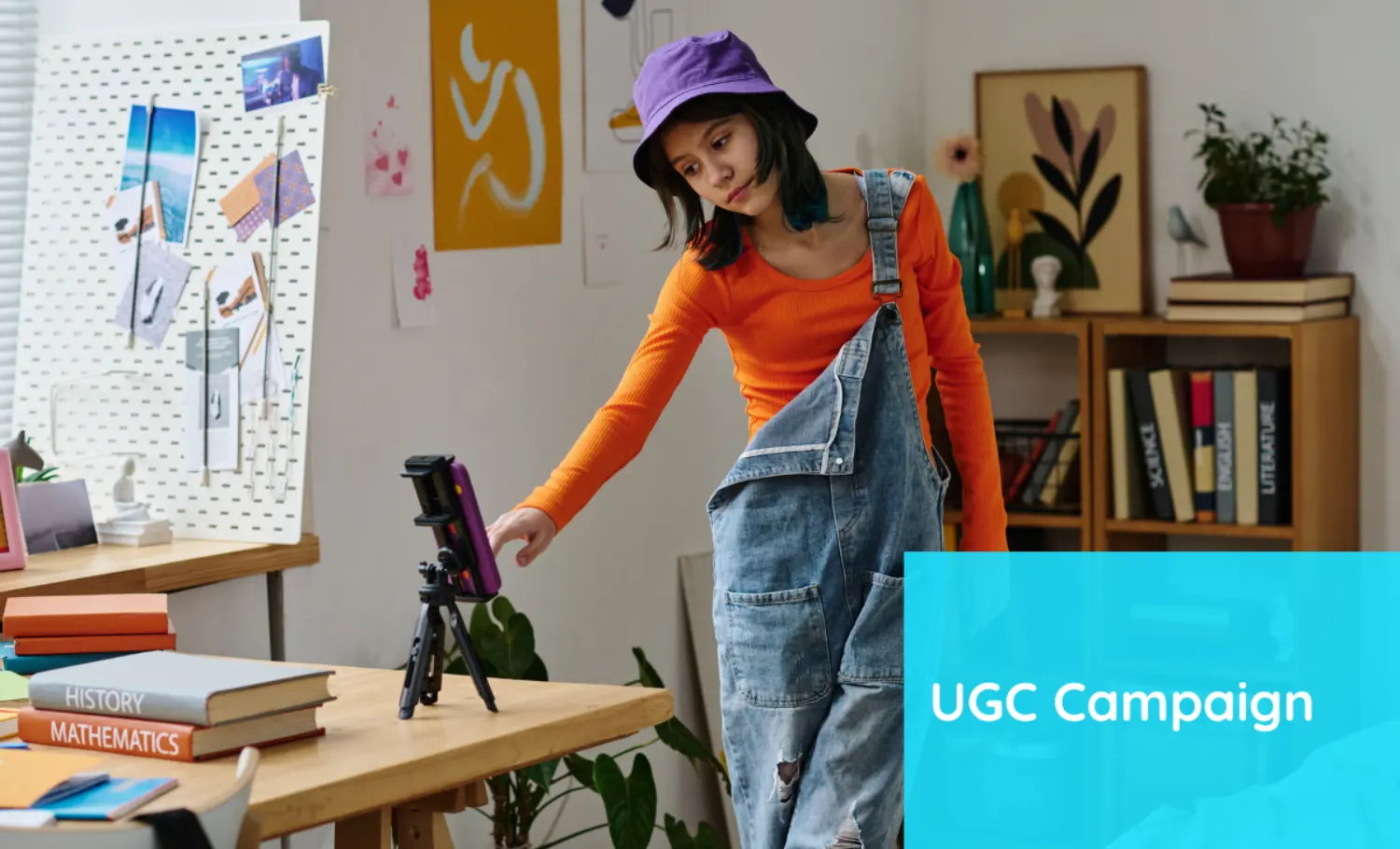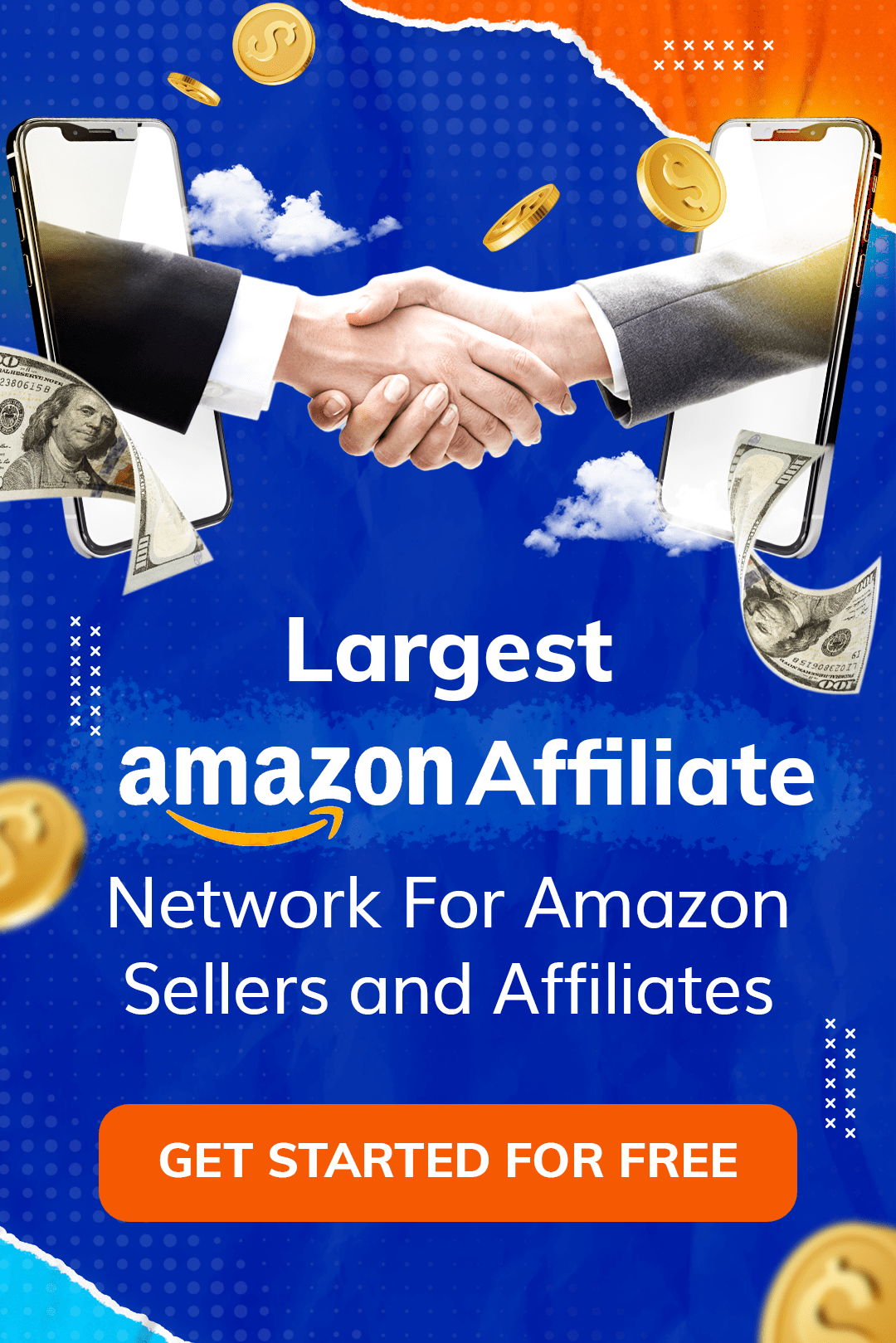Want your brand to stand out and truly connect with people? Let your customers do the talking. That’s the power of UGC campaigns—it’s real photos, videos, reviews, and posts made by happy customers, not polished ads from brands. And guess what? People love it. They trust content that comes from other real people far more than traditional marketing.
UGC and often influencer marketing campaigns feel genuine. It’s like getting a recommendation from a friend, not a pitch from someone paid to say nice things. And that authenticity really matters—it helps build trust, spark conversations, and drive action.
In short, a UGC campaign is a smart, fresh way to show off your brand through the voices of your biggest fans. It’s real people making a real impact. In this blog, we will give you the best guide for UGC campaigns. From what it is to its benefits, keep reading to know everything about these campaigns.
What Is a UGC Campaign?
A UGC campaign is a marketing strategy that invites your customers to get involved by creating content about your brand.
Instead of polished ads made by the company, you get real photos, videos, reviews, or posts shared by real people who actually use your product. Whether it’s someone tagging you in an Instagram post, joining a TikTok challenge, or leaving a thoughtful review, this kind of content feels more original—and that’s exactly why it works. It builds trust, sparks engagement, and helps your brand feel more human.
A UGC campaign lets your audience share their own stories. It helps promote your brand in a real and relatable way.
What Are the Benefits of UGC Campaigns?
User-generated content campaigns bring some serious benefits for brands, these benefits include:
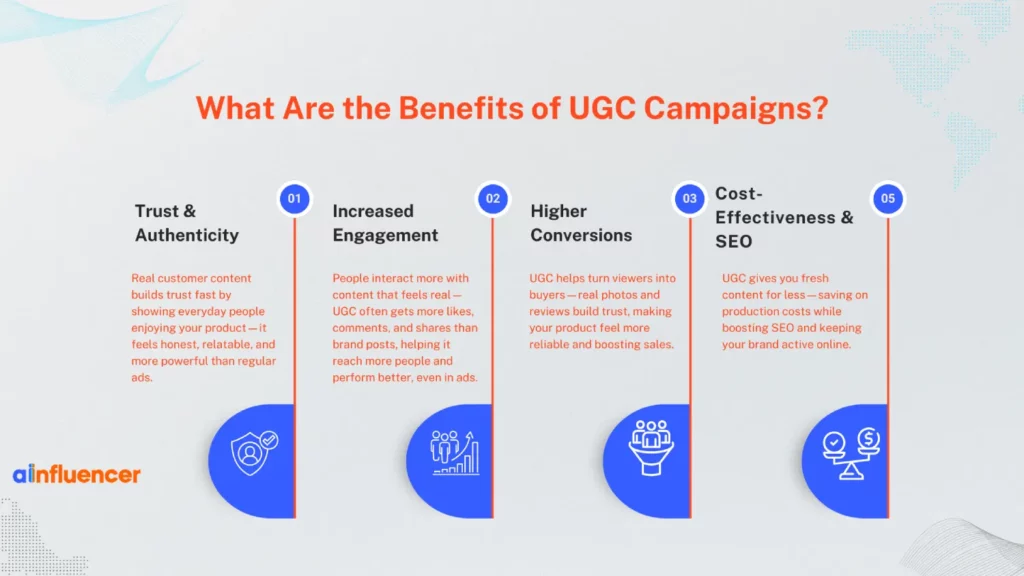
- Trust & Authenticity: Content created by real customers feels original. When people see others like them using and praising a product, trust grows naturally. This kind of social proof makes your brand feel more authentic and relatable. Showcasing real customer stories and reviews helps build that connection faster than traditional ads ever could.
- Increased Engagement: People tend to engage more with content that looks real. UGC posts usually get more likes, comments, and shares than branded content. Even social ads that feature user-generated content perform better, with higher click-through rates. More engagement means your content spreads further—and social platforms take notice, showing it to even more people.
- Higher Conversions: Featuring UGC campaigns can help turn browsers into buyers. When shoppers see real photos and honest reviews, they feel more confident in their purchase. Adding user-generated content to your website or ads can boost sales by making your product more trustworthy and appealing.
- Cost-Effectiveness & SEO: UGC campaigns deliver fresh content without a big price tag. Instead of hiring photographers or creating all your content in-house, you tap into a steady stream of customer contributions. This saves budget and keeps your website and social media channels updated with new material. Plus, search engines love fresh content, so user reviews and posts can help improve your SEO.
In short, UGC campaigns build trust, increase engagement, drive sales, and do it all without breaking the bank.
Advantages and Disadvantages of UGC Campaigns
UGC campaigns create powerful social proof and build community. They turn customers into enthusiastic promoters who share relatable, authentic content. This can lead to organic growth and viral moments without extra ad spend.
Key benefits:
- A steady stream of user-created photos, videos, and reviews,
- Expanded reach at little to no cost,
- Increased sharing when fans see themselves or friends featured,
However, there are some challenges:
- Less control over what gets posted,
- Some content may be off-brand or negative and needs moderation,
- You’ll need to review submissions and manage campaign rules,
- Potential copyright concerns,
- Hidden costs (e.g., prizes or discounts to encourage participation),
- Risk of low engagement if not promoted well.
Despite these challenges, with clear guidelines and proper management, most brands find the benefits of UGC campaigns far outweigh the risks.
How to Create a UGC Campaign: A Step-by-Step Guide
Launching a user-generated content (UGC) campaign requires thoughtful planning, effective execution, and smart performance tracking. Studies show that UGC campaigns can boost engagement by up to 28% and increase conversion rates by 10%.
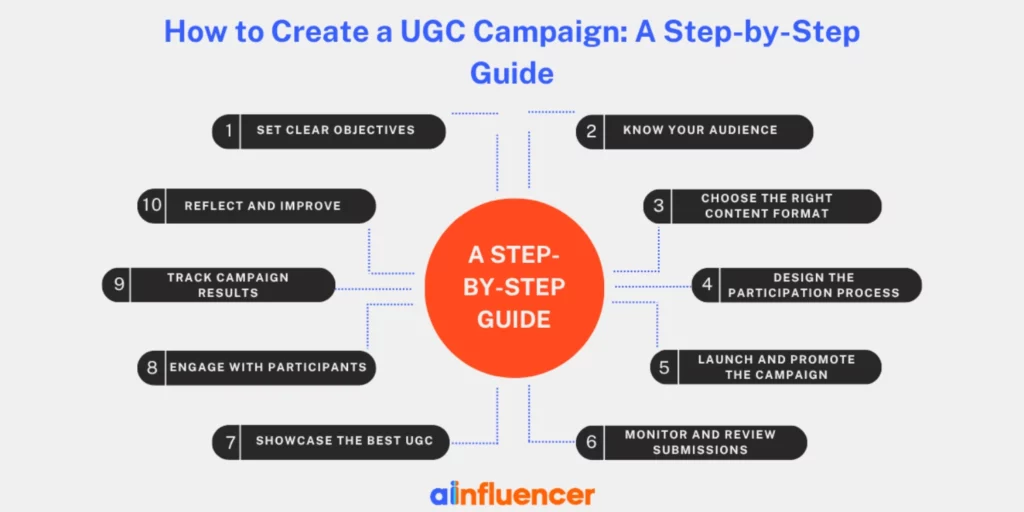
Here’s a clear step-by-step guide to help you build a successful campaign:
- Set Clear Objectives: Start by defining what you want to achieve through your UGC initiative—this could be boosting brand visibility, increasing social media engagement, gathering authentic reviews, or driving conversions.
- Know Your Audience: Understand who will be creating and consuming the content. Dive into your target audience’s demographics, online behavior, and content preferences. Consider what drives their participation—rewards, recognition, or a sense of belonging—and tailor your messaging accordingly.
- Choose the Right Content Format and Platform: Decide on the kind of content you want—photos, videos, reviews, or testimonials—and where to host it. Instagram or TikTok is ideal for visual or video-based content.
- Design the Participation Process: Create easy-to-follow guidelines for users. Is it a contest, a giveaway, or a simple hashtag prompt? What are the steps to enter? Keep the rules simple, clear, and accessible to encourage higher participation.
- Launch and Promote the Campaign: Spread the word across all your marketing channels. You can post about it on your social media profiles, send out email newsletters, add banners to your website or promote it in-store if applicable. Make sure to use a strong call-to-action to generate excitement.
- Monitor and Review Submissions: Track campaign entries using hashtags, mentions, or a dedicated inbox. Curate and vet all submissions. Make sure you ask for permission before resharing any user’s content. Shortlist the most compelling entries for future use.
- Showcase the Best UGC: Feature top content across your brand’s channels—social media, website, or newsletters. Highlight fan photos in Instagram Stories and make a video reel for YouTube. Always credit the creator by tagging them or mentioning their name. Not only is this courteous, but it also motivates others to participate.
- Engage with Participants: Acknowledge and respond to users. Like, comment, and thank contributors. Publicly announce the winners if it’s a contest. This kind of engagement builds trust and keeps your community excited and involved.
- Track Campaign Results: Use tools to monitor the number of UGC submissions, engagement rates, reach and impressions, website visits or sales driven by UGC. Brands that track these metrics see up to a 5x increase in click-through rates and a 20% boost in conversions.
- Reflect and Improve: Once your campaign wraps up, analyze what worked best. Make sure to know which types of content performed well.
10 Inspiring UGC Campaign Examples
Need creative inspiration? Here are 10 successful UGC campaigns across Instagram and TikTok that nailed it:
- IKEA – #IKEAtMine (Instagram): Customers were encouraged to post images of their IKEA furniture in real settings using #IKEAtMine. The campaign generated an impressive library of authentic product showcases.
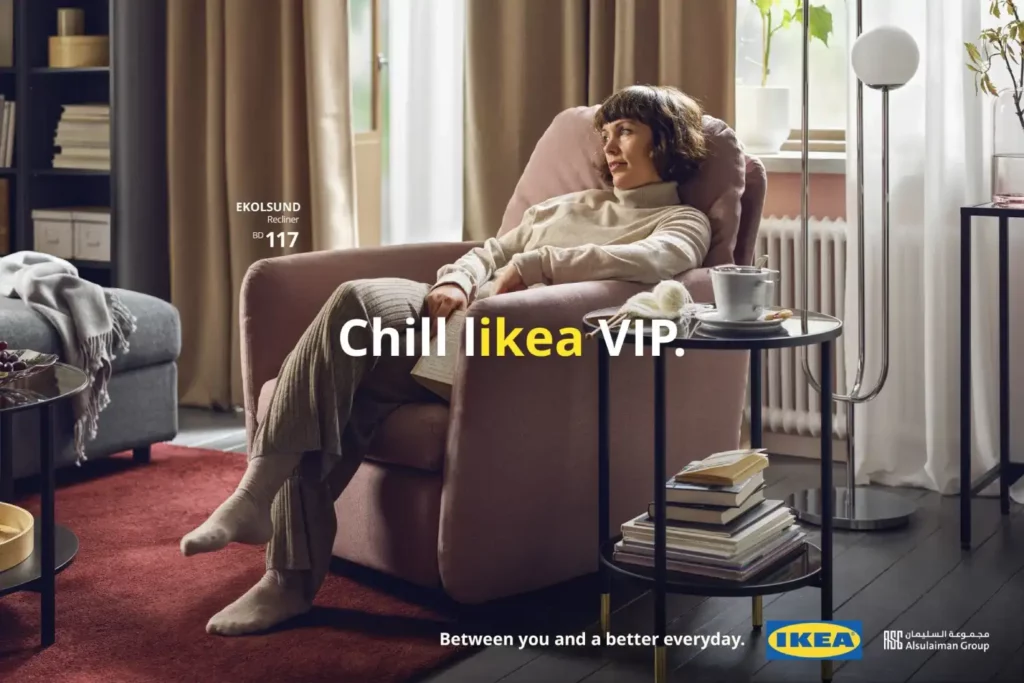
- Coca-Cola – Share A Coke: This global campaign featured Coke bottles printed with names and invited users to post photos with the #ShareACoke hashtag. It led to a 7% sales spike among young adults and boosted Facebook traffic significantly.
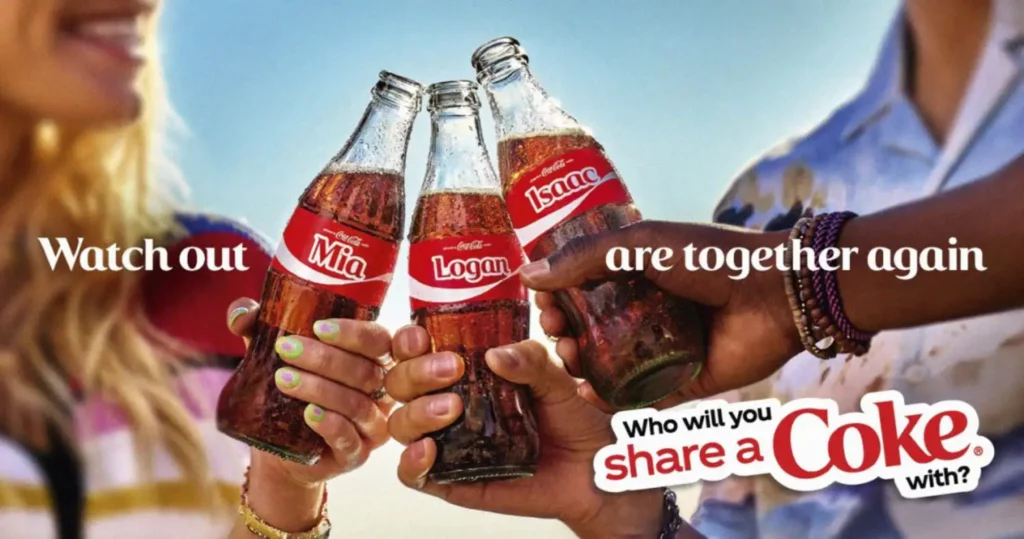
- Marc Jacobs – #CastMeMarc (Instagram): Aspiring Instagram models posted selfies with #CastMeMarc for a chance to appear in a campaign. The result: 70,000 submissions and 15,000 mentions in a single day.
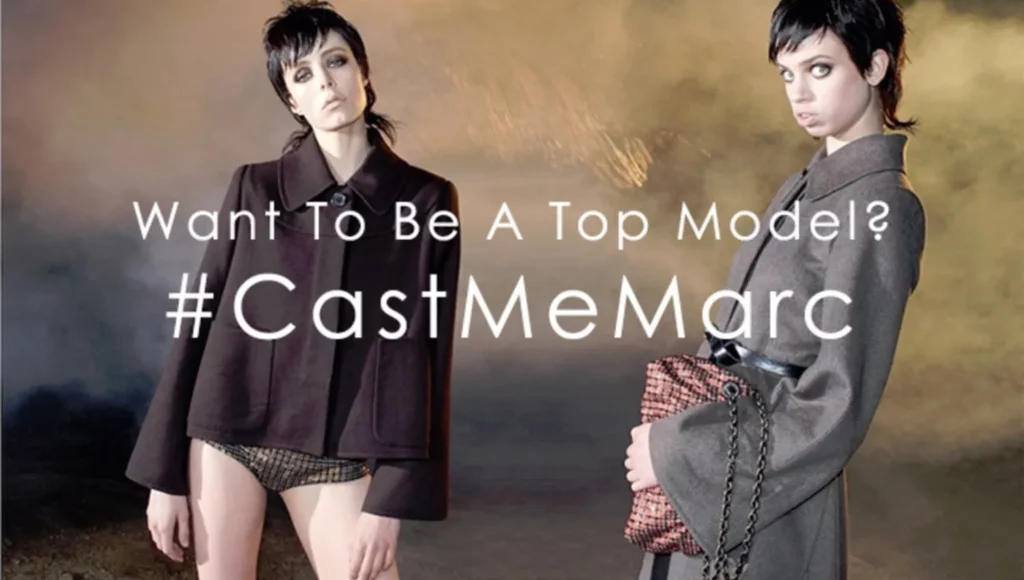
- Apple – #ShotoniPhone (Instagram/YouTube): Apple’s iconic UGC campaign encouraged users to share photos taken with their iPhones. The campaign earned billions of impressions and was adapted into major ad campaigns.

- Disney – #ShareYourEars (Instagram): In celebration of Mickey Mouse’s 90th birthday, Disney invited fans to post photos wearing Mickey ears. Every post triggered a $5 donation to Make-A-Wish, raising $2 million.
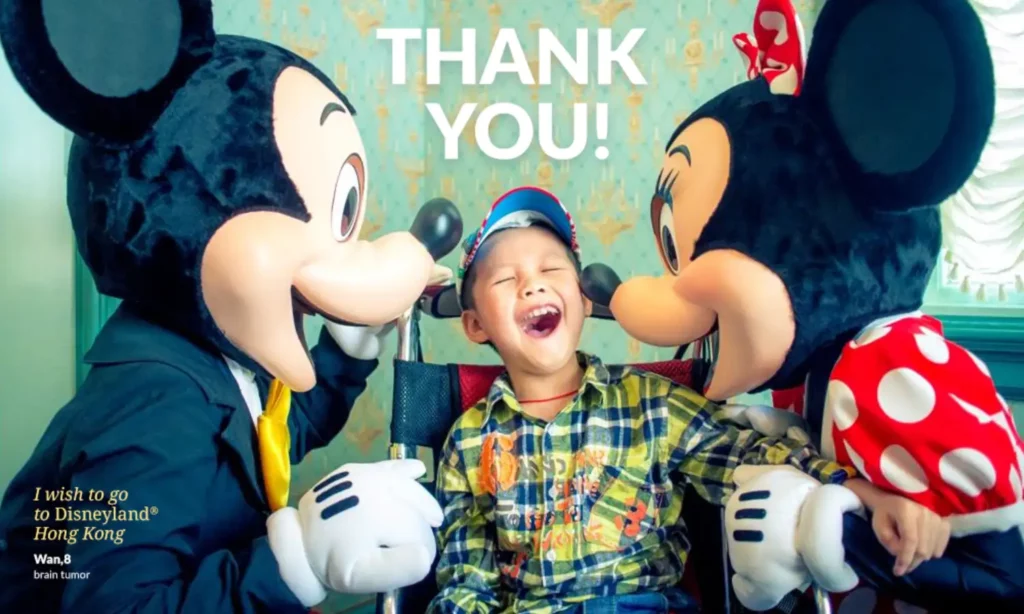
- Calvin Klein – #MyCalvins (TikTok): With celebrity endorsements, macro influencers and fan participation, this TikTok challenge exploded in popularity and saw engagement levels ten times higher than previous campaigns.
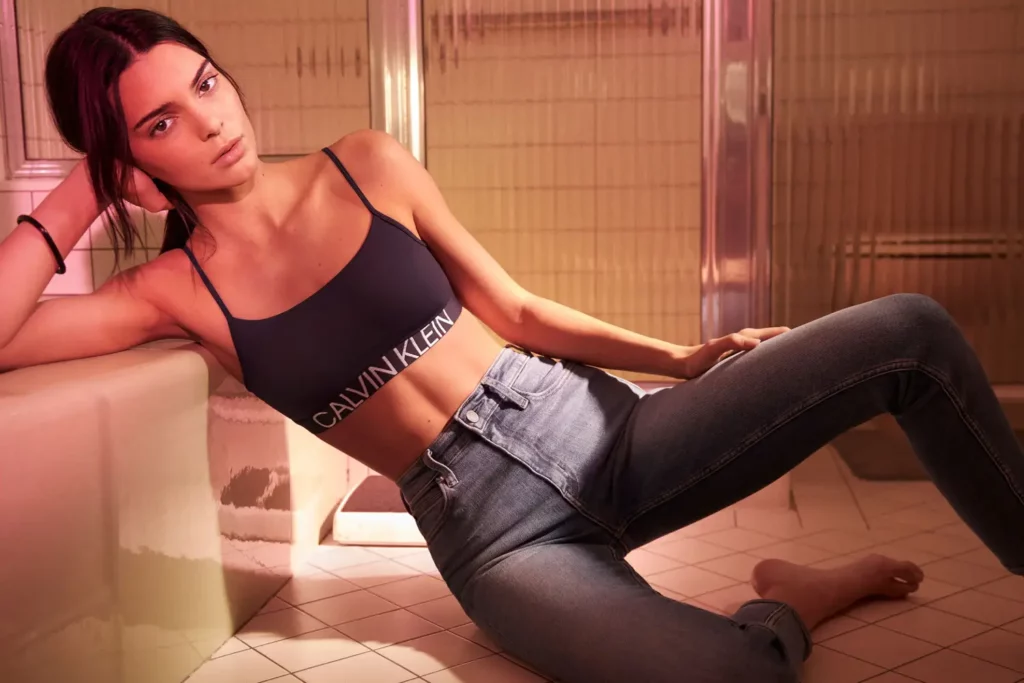
- Chipotle – #GuacDance (TikTok): In honor of National Avocado Day, this dance challenge generated over 1 billion views and caused a 65% spike in Chipotle orders that day.
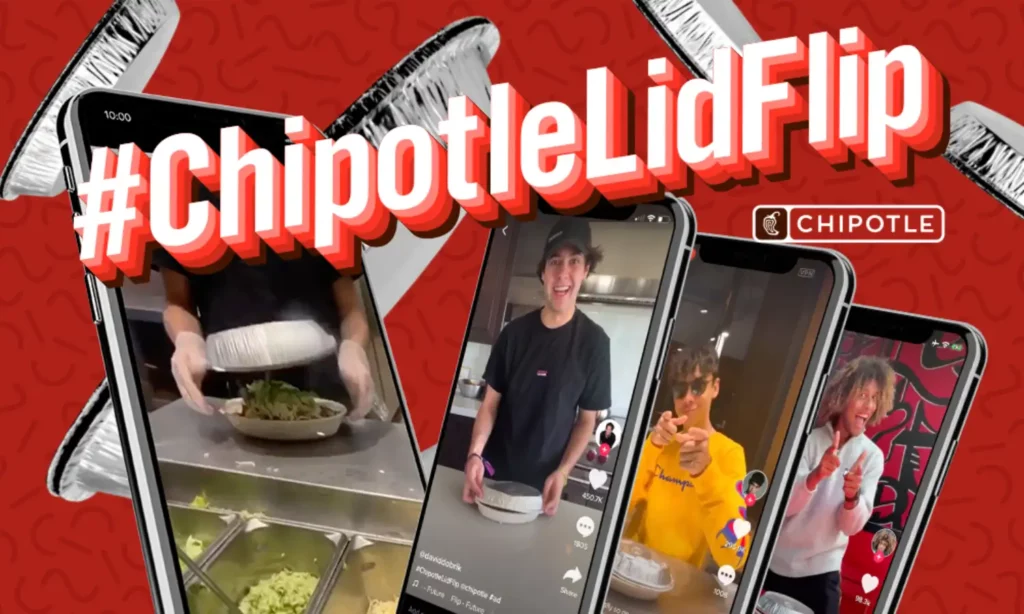
- Sephora – #SephoraSquad (TikTok/Instagram): Beauty fans and influencers shared product tutorials using the branded hashtag, turning everyday users into micro-influencers whose content Sephora now features online and in-store.
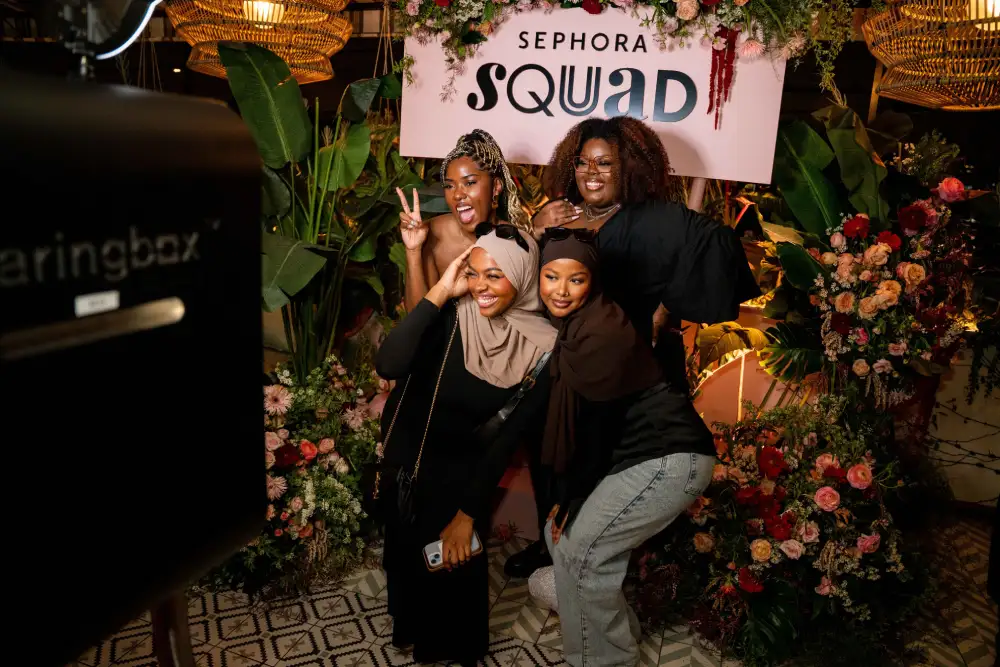
- Starbucks – #WhiteCupContest (Instagram/Twitter): Participants decorated Starbucks’ iconic white cups and shared their creations, leading to thousands of entries and widespread engagement across platforms.
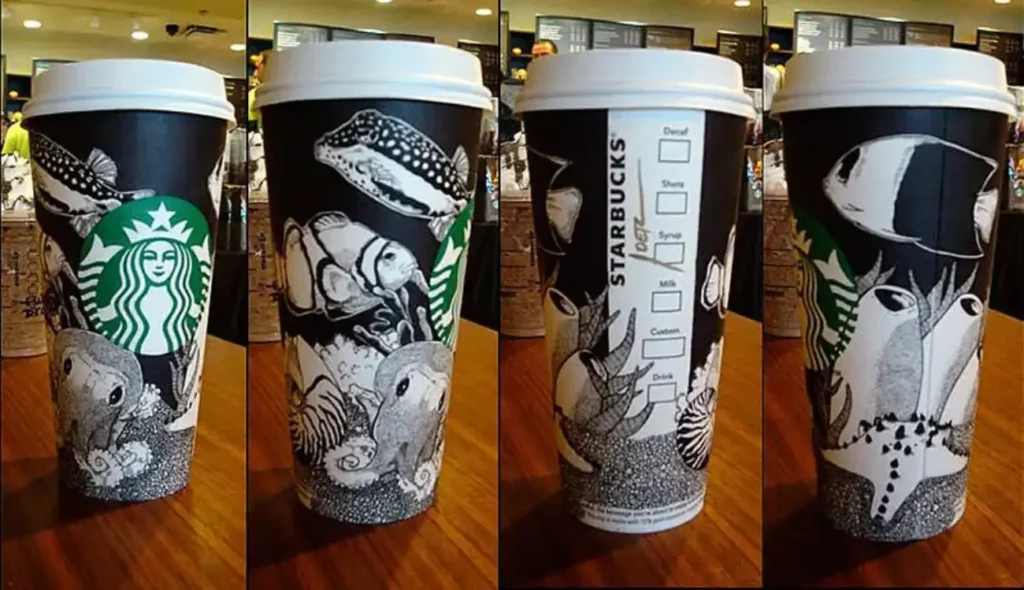
- ASOS – #AsSeenOnMe (Instagram): Shoppers posted photos wearing ASOS outfits. With millions of posts over time, ASOS has built a community-driven lookbook by turning real customers into content stars.
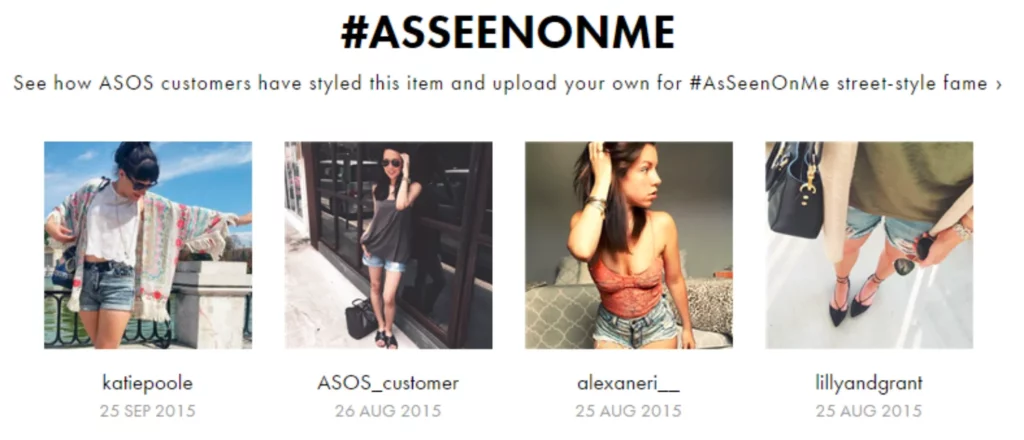
What Are the Best Practices for a Successful UGC Campaign?
To ensure your UGC campaign is effective and well-received, follow these proven best practices:
- Always ask for permission before reposting someone’s content.
- Credit creators clearly by tagging their handles or mentioning their names.
- Provide clear guidelines so users know what content to submit and how.
- Stay on-brand with campaign tone, messaging, and visual style.
- Offer incentives like giveaways or features to increase engagement.
- Engage promptly with participants to maintain interest and trust.
- Use a unique hashtag to simplify tracking and encourage visibility.
- Moderate submissions to ensure quality and appropriateness.
- Utilize tools such as Taggbox, Hootsuite, or UGC platforms for easy management.
Popular Types of UGC Content to Use
UGC comes in diverse formats. Choose what aligns best with your brand goals:
- Customer Reviews & Testimonials: Authentic written or video feedback.
- Photos: Visuals of users interacting with your product.
- Videos: Engaging content like unboxings or TikTok challenges.
- Social Media Mentions: Tweets, stories, or posts referencing your brand.
- Blogs or Articles: In-depth experiences shared by customers.
- Creative Media: GIFs, memes, or even podcast mentions.
Both organic (user-initiated) and paid UGC (by micro-influencers) can enhance your content strategy.
Ainfluencer: The Best Platform for UGC Campaigns
Managing a UGC campaign can be overwhelming—especially when you’re juggling multiple creators, negotiating content, and trying to track results. That’s where Ainfluencer comes in. It’s an all-in-one, AI-powered platform built to simplify influencer and UGC marketing.
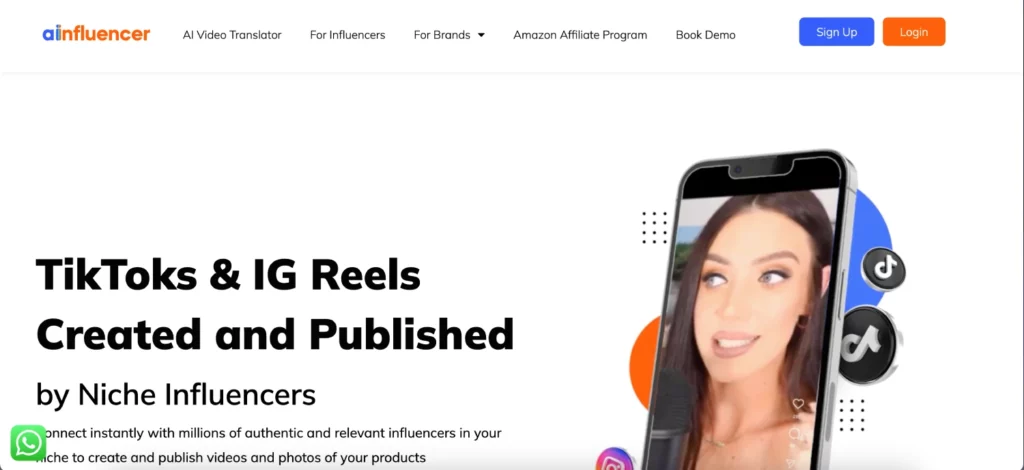
You can use Ainfluencer to run TikTok challenges, Instagram hashtag contests, or affiliate campaigns. It helps you find the right creators, manage collaborations, and track results — all in one place.
Perfect for brands big or small, Ainfluencer is designed to take the stress out of campaign management so you can focus on creating great content and driving results.
Why Ainfluencer Works for UGC Campaigns
Let’s see why Ainfluencer is a good option for brands:
- Smart Matching: Find the right influencers fast. Ainfluencer’s AI filters millions of creators by niche, location, audience size, engagement, language, and more—so you only connect with people who fit your brand.
- Built-In Chat: Skip the endless DMs. Ainfluencer has a built-in chat system so you can pitch, negotiate, and plan campaigns directly on the platform.
- Escrow Payments: No more payment worries. Brands fund campaigns upfront, but influencers get paid only after delivering approved content. It’s secure and fair for both sides.
- Detailed Insights: Each influencer profile shows key metrics like views, engagement rate, and audience demographics—so you know what to expect before collaborating.
- Affiliate Ready: Easily track results. Create custom discount codes, unique links, and track sales through Shopify or Google Analytics. Influencers earn commissions, and you get measurable ROI.
- Global Reach: Expand your audience. With AI video translation into 200+ languages, you can launch UGC campaigns that resonate across borders—without language barriers.
- Shopify Integration: Using Shopify? Ainfluencer’s app lets you launch influencer campaigns directly from your store, linking creator content straight to your product pages.
Ready to start your UGC campaigns? Sign up for Ainfluencer for free and start building high-impact campaigns that drive real engagement and sales.
Create a Free AccountConclusion
UGC campaigns are a fantastic way to build trust, connect with your audience, and boost sales. When real customers share their experiences, it feels authentic and gets more engagement than typical brand posts. We’ve shared tips and examples to help you create your own successful UGC campaigns. And if you want a tool to make managing everything easier, check out Ainfluencer. It uses AI to help you find the right influencers, chat with them directly, secure payments, track results, and even translate videos for global reach. Plus, it integrates smoothly with Shopify for a seamless experience.
FAQs
Track key metrics like the number of posts, hashtag impressions, likes, comments, website traffic, and sales. Use tools like Google Analytics to see if referral traffic or promo code usage increases. Successful UGC campaigns often boost engagement and can even get 5× higher click-through rates on social ads
Usually, yes! UGC campaigns offer great ROI since they use authentic user stories at a low cost. They build trust and engagement, making them very effective for many brands (bazaarvoice.com, taggbox.com). Just make sure to plan carefully and manage the campaign well.
Definitely. Always ask creators before using their photos or videos. It’s respectful and helps you avoid copyright issues. Most people are happy to say yes if you explain how you’ll use their content.
Absolutely! You don’t need influencers to run a successful UGC campaign. Many brands do well by engaging their own customers with contests or challenges, relying on organic shares and word of mouth to grow reach.
However, collaborating with influencers can help your campaign grow faster. Influencers have followers who trust them, so more people see and join your campaign. Their posts often get more likes and shares, which helps your campaign do even better.
